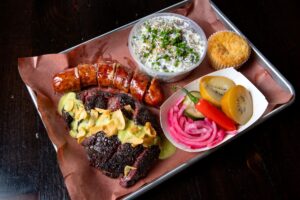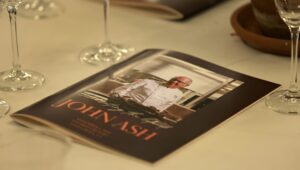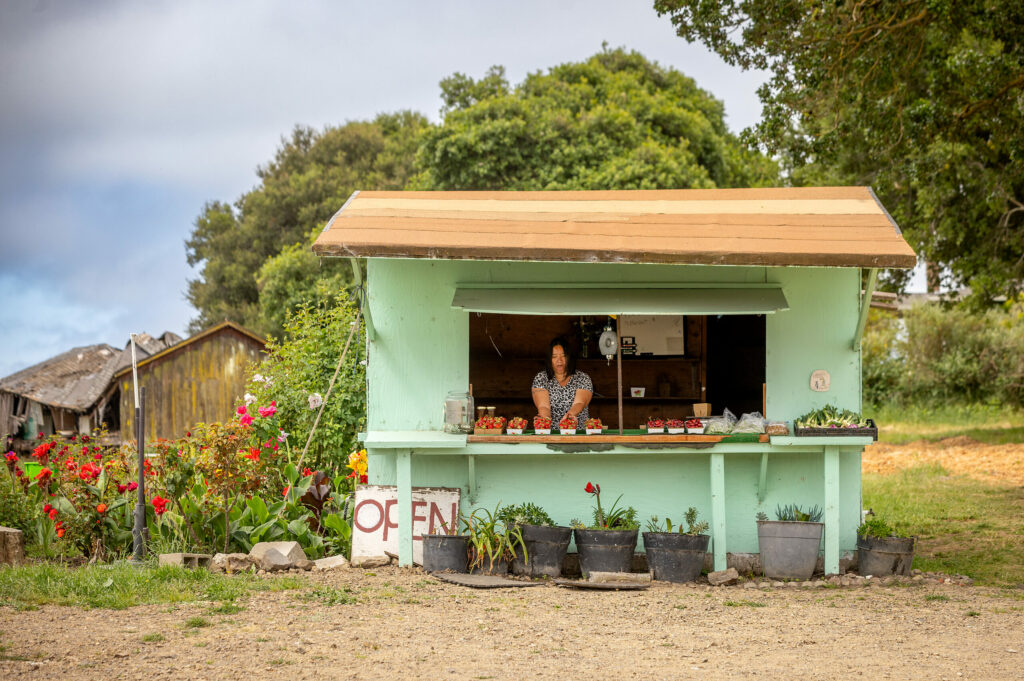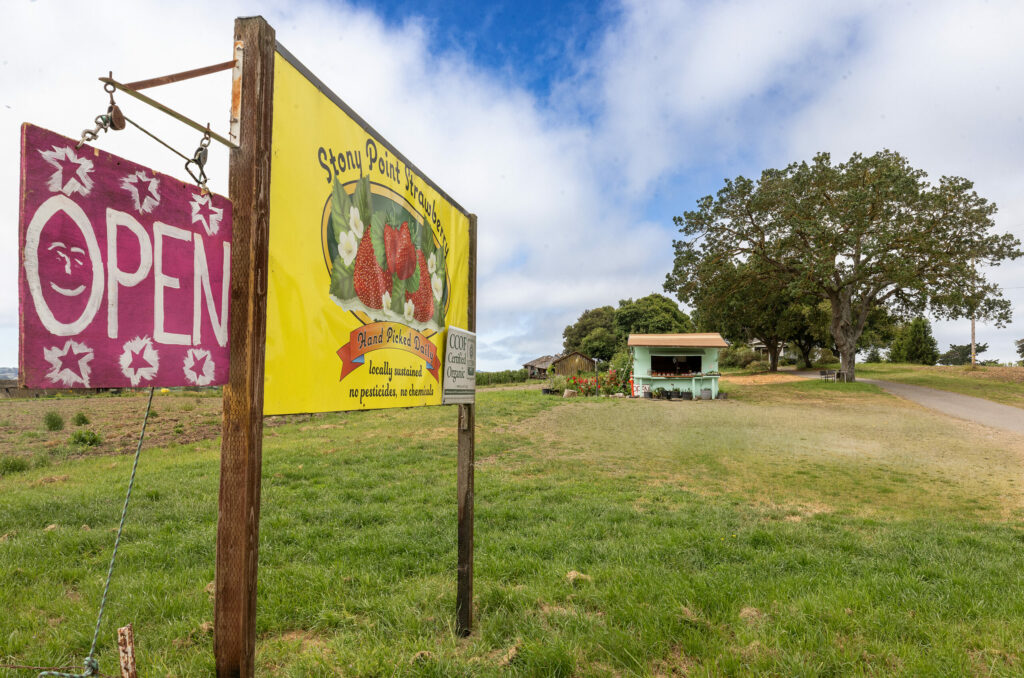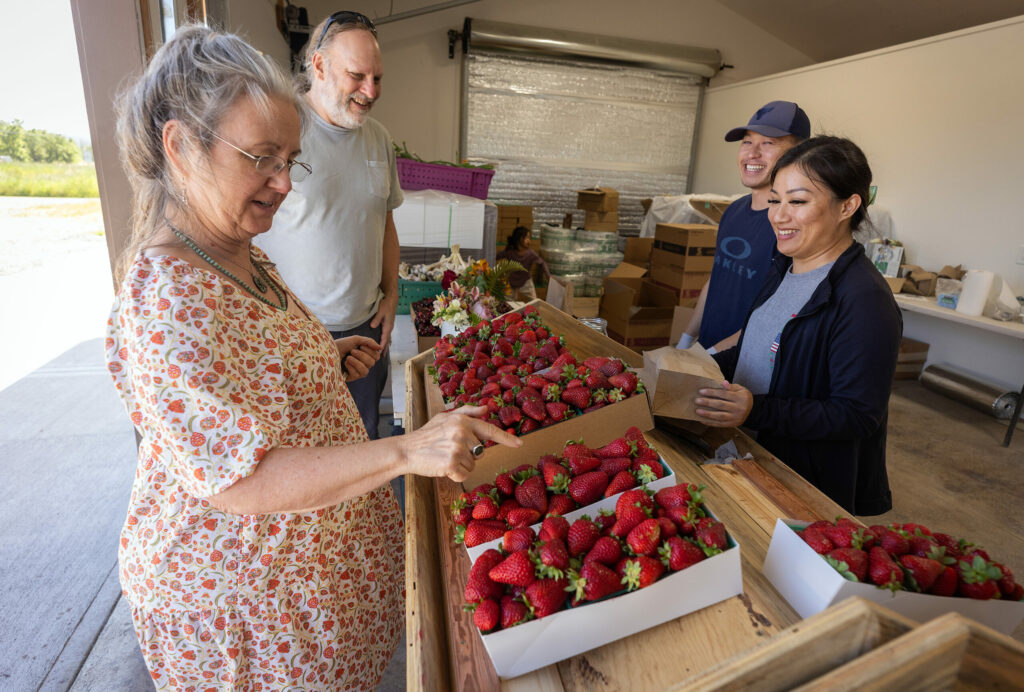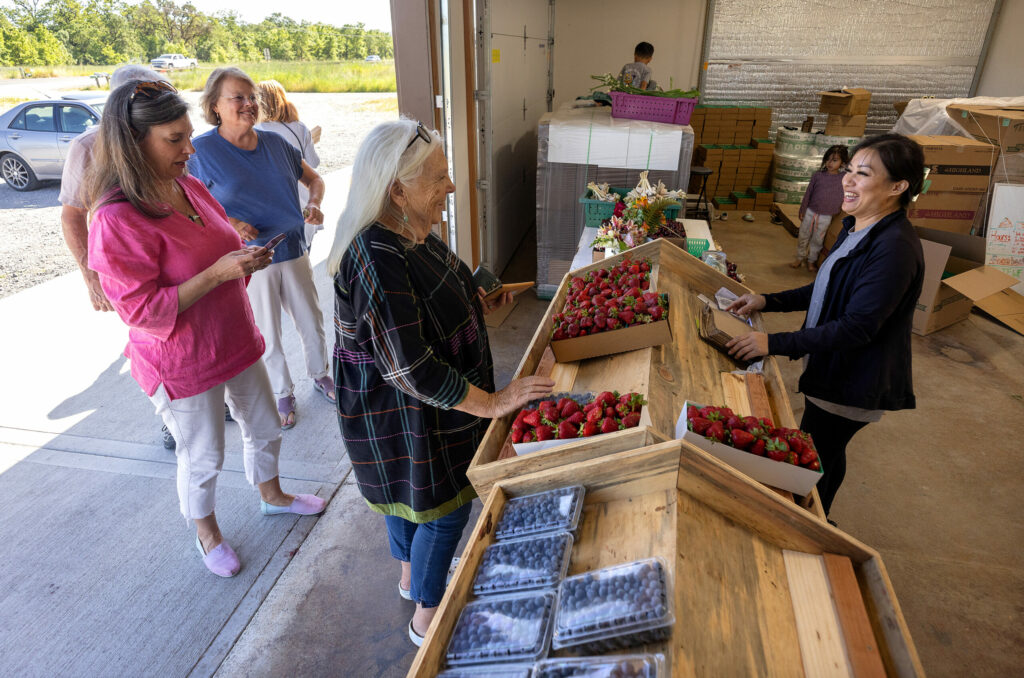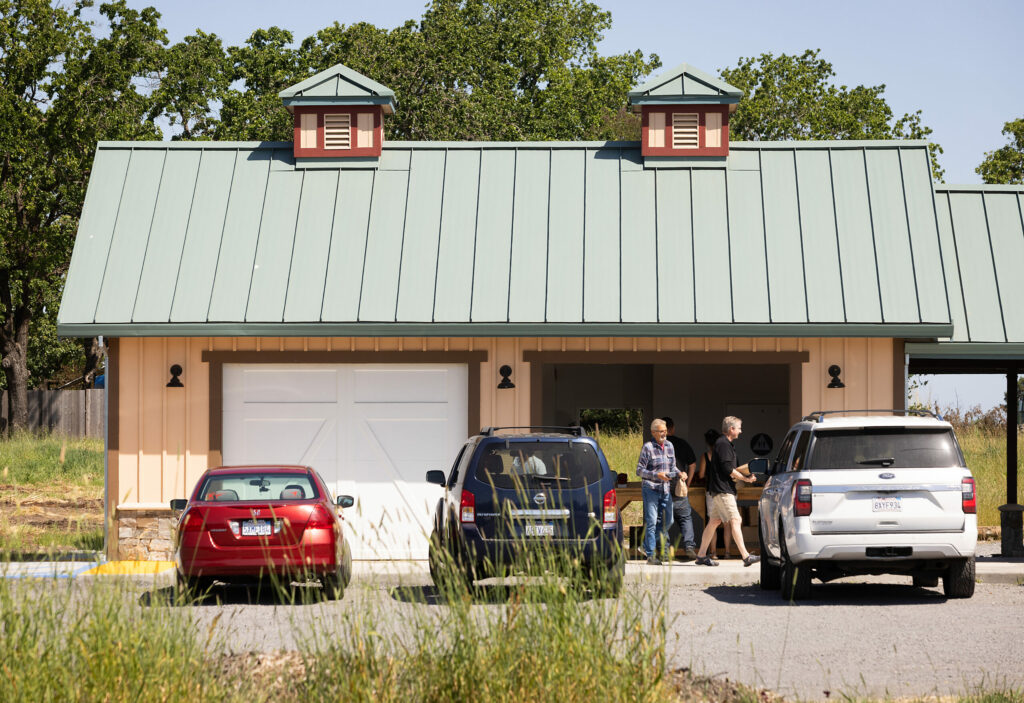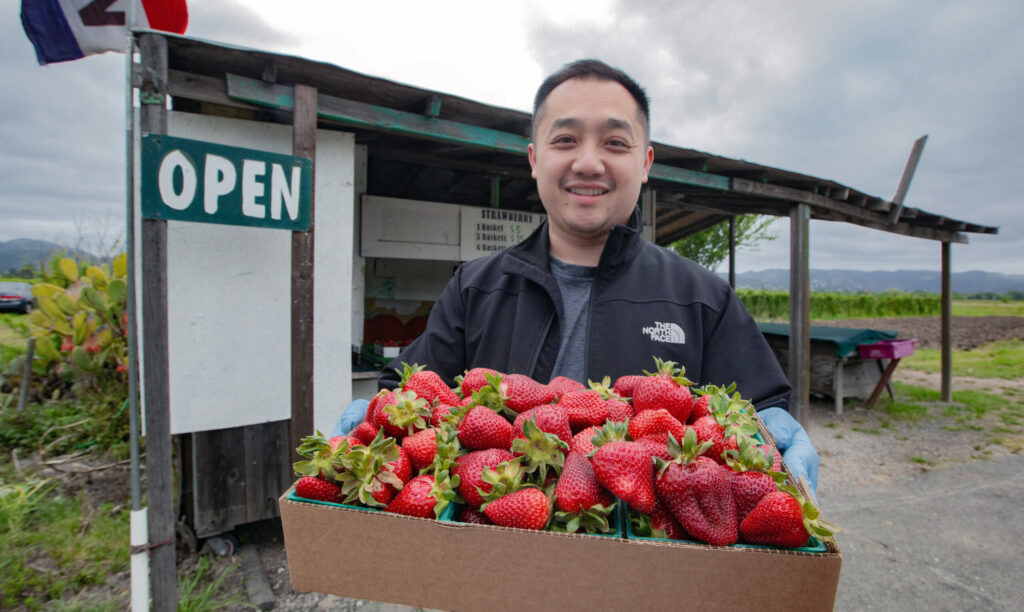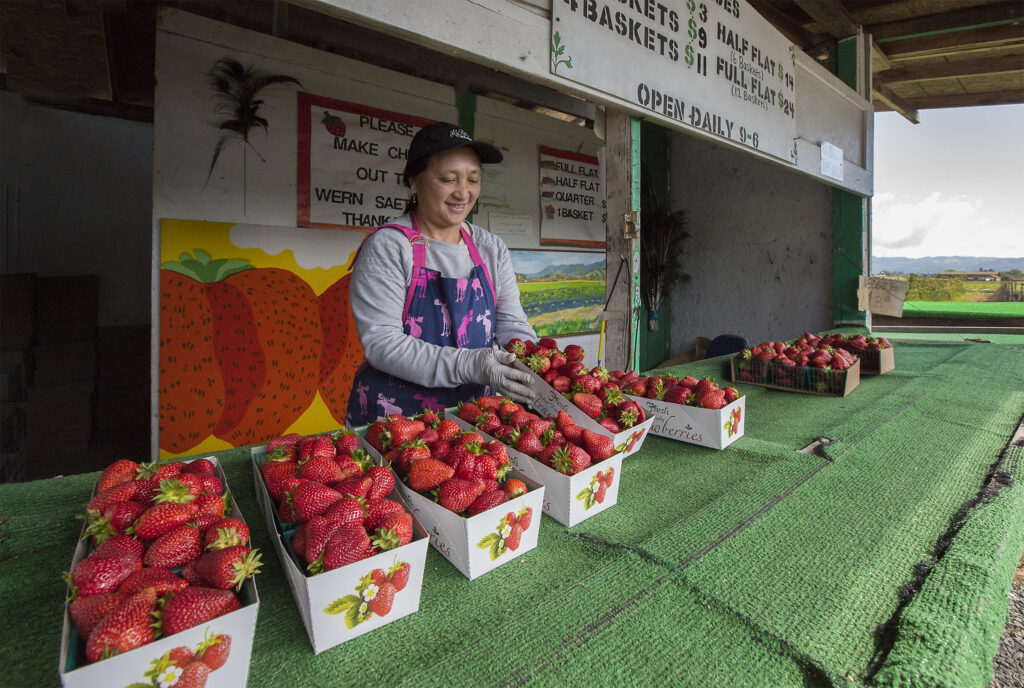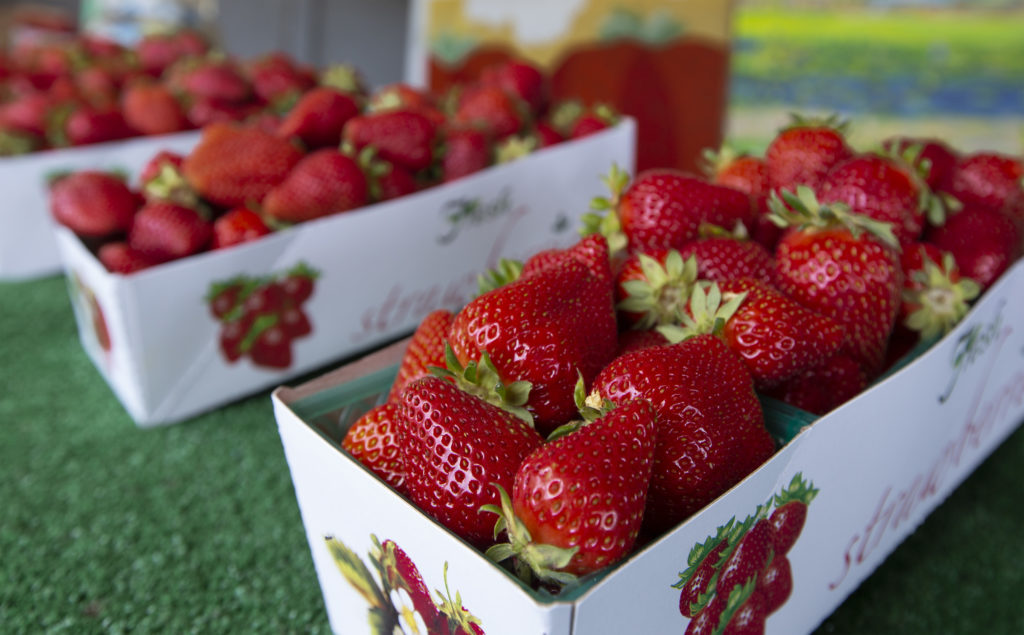On a late May weekend, the lines routinely stretch several customers deep at farmer Lao Saetern’s strawberry stand, along a busy stretch of Highway 12 at the border of Santa Rosa and Sebastopol. It’s the same story 25 miles away at popular Watmaugh Strawberries, just outside the town of Sonoma, where Torn Saetern helps run the 10-acre farm his parents started in 2001.
Torn and Lao are cousins. Their families are from Laos, but they are ethnically Mien, a clan from China that moved into Southeast Asia a few centuries ago. During the Vietnam War, the CIA was engaged in a shadow war in Laos to stop the spread of communism. Thousands of Mien people who helped the U.S. effort were forced to flee with their families to refugee camps in Thailand or risk being killed.
During the 1970s and 1980s, many Mien people, including several members of the Saetern family, relocated to the Central Valley, where they learned to grow strawberries. Today, there are at least five strawberry stands in Sonoma County run by Mien families.
“We all learned the same method … A gentleman in Fresno taught one guy, and it spread from there,” explains Torn Saetern. “It’s why our buildings all look the same.”
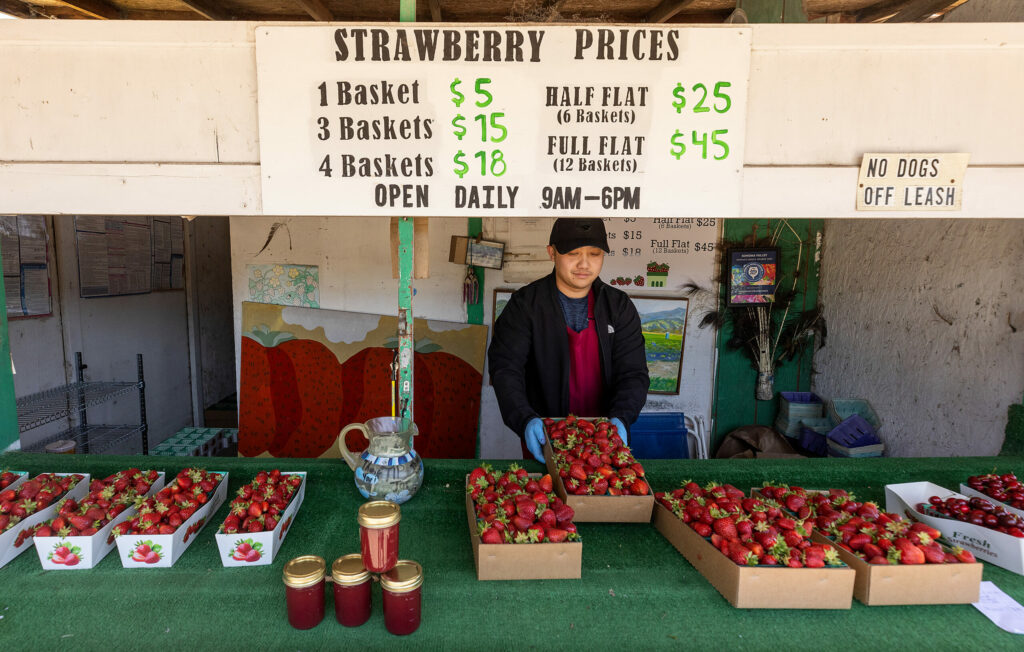
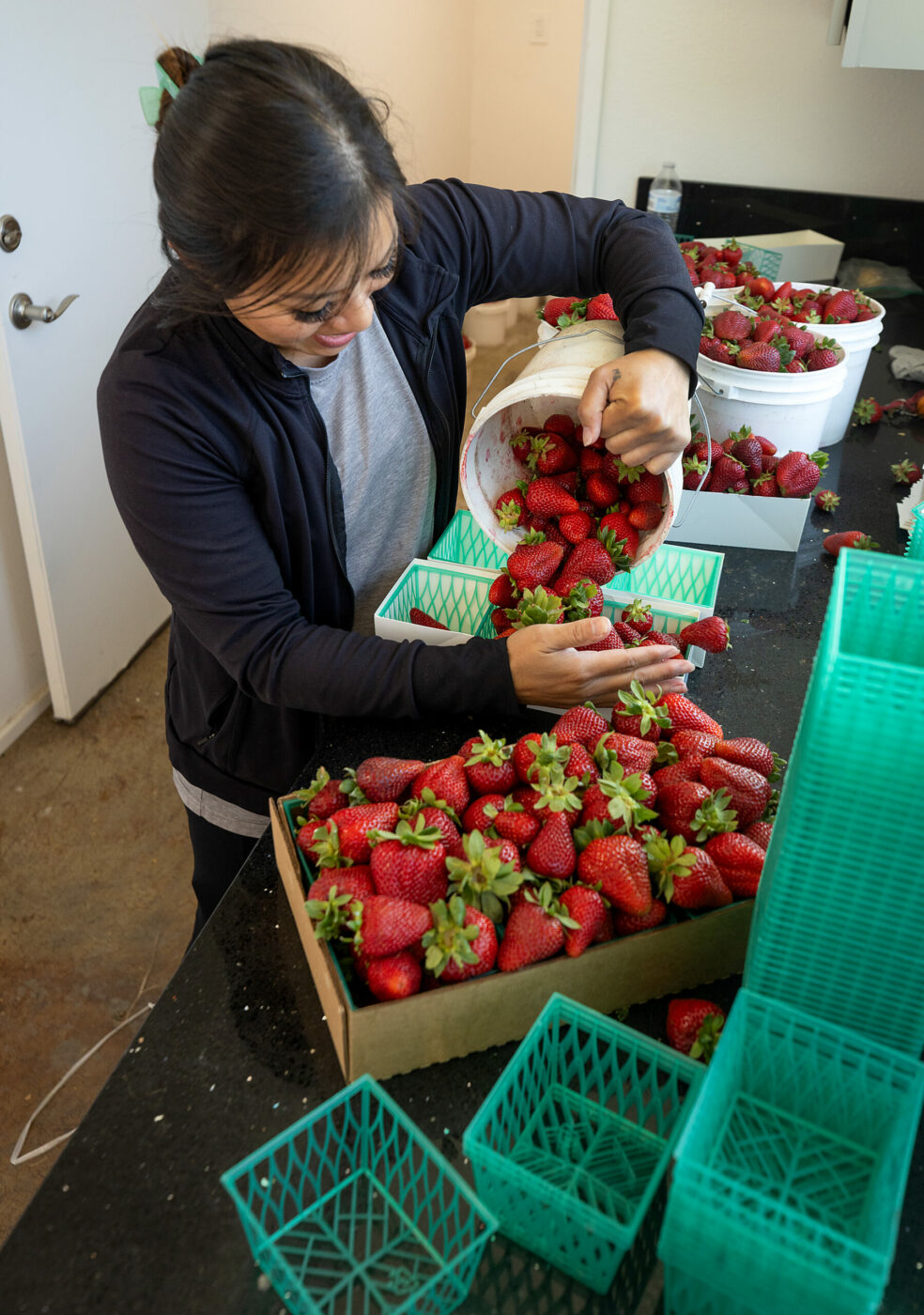
Koy Saichow, who owns Stony Point Strawberry Farm in Petaluma, is also Mien but was born in Thailand. Her Petaluma stand is arguably the most charming of the local berry stands. A mint-chip ice-cream-colored building on a country road, it’s flanked by a cheery flower garden. According to Saichow, hers is the only certified organic operation out of the Mien-owned local stands. Her parents, who are still the backbone of the farm, started farming organically in 2008, keeping pests at bay through companion planting.
“Onions and garlic are companion plants for the strawberries. Growing it goes together. It helps with bugs, but it’s harder, a lot harder than other growers,” Saichow says.
Back at Lao’s, as fresh supplies dwindle, Lao calls to his wife Nai, who’s been out in the field, and, three minutes later, a truck skids to a stop outside. Nai hops out and begins offloading bucket after bucket into the back room to be sorted — 18 gallons in all.
“We don’t keep track of how many,” Saetern says, as he hurries back and forth taking customers’ orders, while gently dumping berries into plastic baskets. “We’re too busy to count.”
This story — which won second place in the Food Writing/Reporting category at the CNPA’s California Journalism Awards — was originally published in The Press Democrat. Read the full story here.





